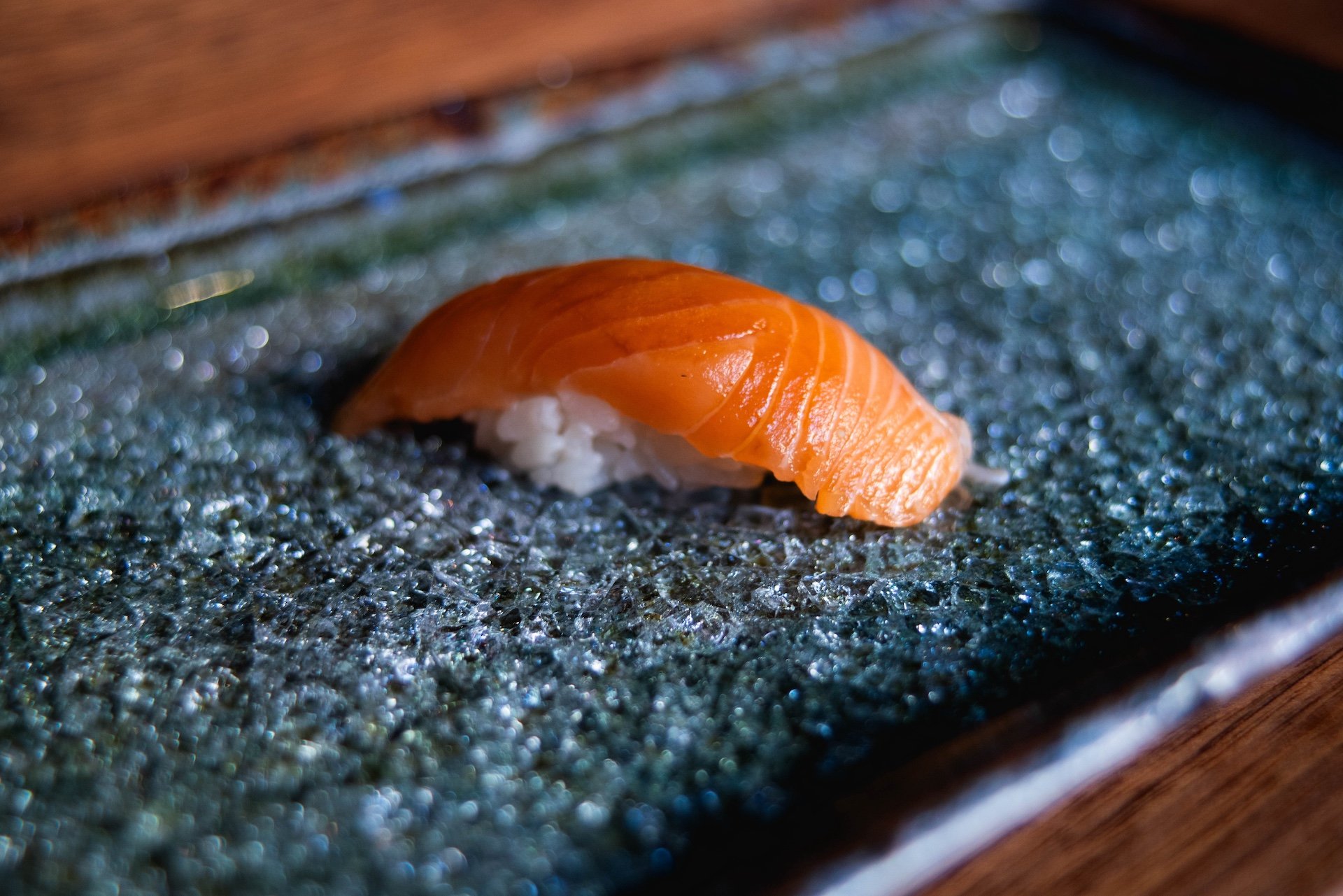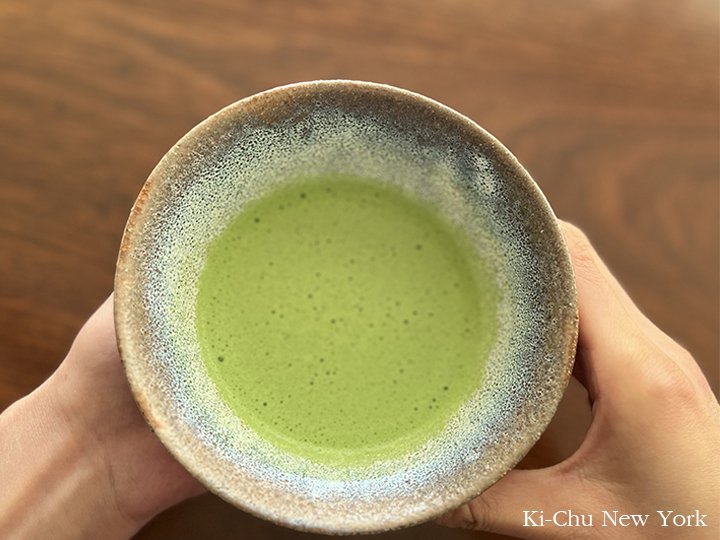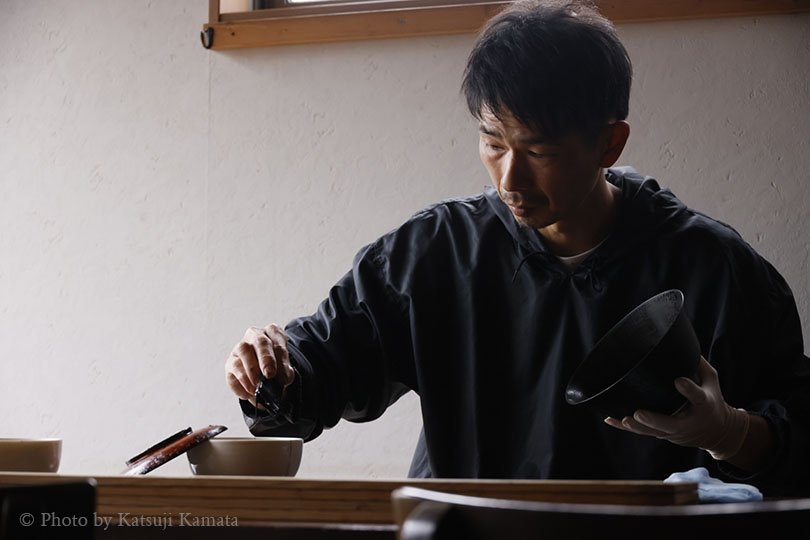The other morning, I noticed tiny drops of dew shimmering on the leaves. In that quiet moment, I felt that autumn had arrived.
In Japan, the traditional calendar is divided into 24 seasonal periods. From September 7th to 22nd comes Hakuro (白露) “White Dew.” As the nights turn cooler and the days remain warm, fresh dew gathers on the grass and flowers. I am always amazed by the wisdom of those who named these delicate shifts in nature long ago.
Dew shimmering beneath the leaves at the country house garden in Connecticut
I’m so grateful that we also have four seasons and can sense this same rhythm here in the Northeast. Technology moves quickly and shapes so much of our lives, but I sometimes wonder where our spirit is truly connected. For me, I tend to choose to return to nature, to listen carefully to its quiet voice.
Beautiful dew glistening beneath the leaves of wildflowers.
Japanese art and crafts often reflect natural motifs, celebrating each fleeting season. In our modern lives, designed for comfort year-round, it feels important to pause and remember the rhythm of nature because we are a part of it. So this brings calm to me.
Perhaps as technology advances, it becomes even more essential to live in harmony with these rhythms of nature. It may be why so many people today are drawn to Japanese traditions, because deep within, we all recognize the importance of reconnecting with the natural world.
In autumn, the sky stretches wide and high above the city. And tonight, September 8th, the full moon will shine above us. Even more, it will be a total lunar eclipse. We can share in the same quiet beauty wherever we are. I hope these words reach you—whether you are in New York, somewhere in the Northern Hemisphere, or even on the other side of the world, as a gentle reminder to find peace within.
The full moon over Manhattan, on one quiet evening


































































